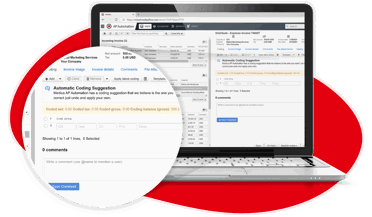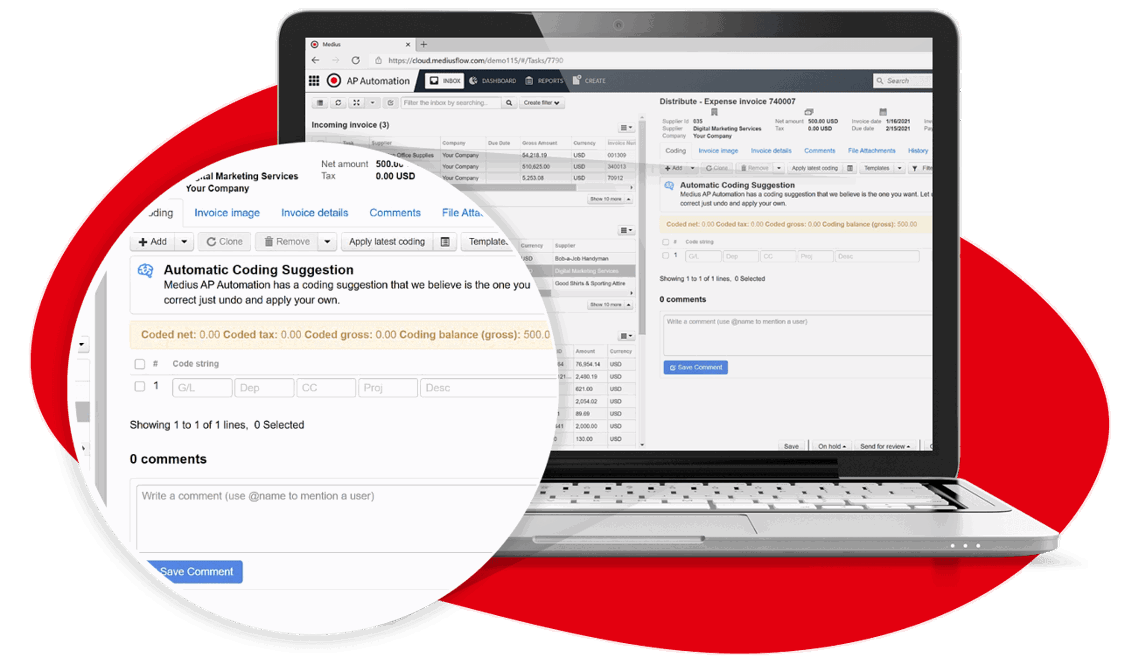6 steps to automate your accounting process
The finance sector is witnessing a profound transformation, with accounting automation leading the charge. Predictions once set for 2025 have come to fruition, showcasing an era where nearly all repetitive tasks related to finance are automated through cloud technology, artificial intelligence, and sophisticated logic. This transformation is a permanent shift, recognized by a significant number of CFOs as a critical investment to boost operational efficiency amid economic uncertainties.
What is accounting automation?
Accounting automation transforms traditional manual workflows into efficient, error-reduced processes. This advancement not only elevates the roles of CPAs and finance teams but also frees them for strategic analysis and advisory, significantly influencing decision-making processes.
Challenges of sticking to manual accounting
Despite technological progress, numerous businesses stick to outdated methods, encountering risks like fraud, document loss, and inefficiency. Here’s how automation addresses these challenges:

Techniques like auto-matching purchase orders to invoices cut down on data entry mistakes.
Automated workflows speed up the approval process, allowing focus on priority tasks.
Automation improves the detection of duplicate payments and fraudulent activities.
Digital, automated systems ensure secure storage and easy access to financial records, ensuring compliance and providing peace of mind.
Automation facilitates on-time vendor payments, enhancing relationships and possibly enabling early payment discounts.
Automated systems enhance financial oversight through centralized, real-time reporting.
What are the benefits of accounting automation?
Speed
It could be argued that the number one benefit of automating your accounting is speed. In today’s world, it’s not the biggest fish that wins, it’s the fastest. Any finance document is available at your fingertips when stored securely in the cloud, and you can have real-time intelligence when you integrate with the tools your business already uses. And with Medius Analytics you can increase visibility to monitor your cash position in real-time.
Accuracy
With accounting process automation, you increase accuracy by way of automatic duplicate detection and removing or reducing manual data entry from the equation. Read more to see how you can switch from paper-based manual accounting to an automated solution here.
Savings
Early in the article, we mentioned that in a recent CFO survey, CFOs are most concerned with optimizing spend in the face of cutbacks and rising inflation. With Medius Pay you can pay your suppliers automatically and take advantage of early payment discounts.
How to automate your accounting processes
The long-term benefits of automation of the accounting process are not to be understated. There are even plenty of soft benefits like increased employee productivity and increased morale. Those who have used poorly designed AP solutions know how monotonous and painstaking manual accounting can be. Perhaps the biggest long-term benefit of automating accounting is reduced labor costs.

Benefits aside, changing your AP workflows is a big change for your business and you’ll want to be prepared so the switch is straightforward and as easy as possible. How to automate accounting processes:
Analyze your current setup
Document your existing accounting systems, tools, processes, and bottlenecks
Start documenting everything so that when you are ready to procure a new AP solution, you have all your business requirements handy. Ask, what accounting tools or accounting software do we already use?
Research accounting software options
Choosing the right accounting software is integral for business operations. Ask connections at other companies what AP tooling they are using and how they optimized their workflows. Read case studies on accounting software vendor websites and look for tangible return-on-investment numbers.
Evaluate and choose vendors
Once you’ve made a short list of your preferred accounting software solution providers, set up demos and involve key stakeholders. Then you can score them across your business requirements to see which solution is the best fit for your business and your team.
Prepare for data migration
You’ll also want to have your financial data ready for migration so when you switch to a new solution, the process is seamless. This is probably the most time-consuming step in automating your accounting process, so start early.
Set up and test new workflows
Integrate and test accounting workflows before going live. Once you’re ready to migrate to a new AP solution, set up new workflows and make sure to test, especially any integrations before going live.
Train and communicate
Onboarding a new system is exciting, but you can’t forget to communicate early and often to the wider business that a new system and new processes are coming. You’ll also want to train them on how to use the system and educate them on the new workflows.
Evaluate your current process
Before you start with the steps to automate your accounting, you should have a good understanding of your current accounting processes. Map out your workflows with all the steps you currently use. Look for areas where steps can be consolidated and approvers can be reduced to save time and streamline accounting workflows. So how do you automate your accounting department? To automate your accounting department you should ask yourself and your team the following:
- How is each step in the accounting process currently performed?
- Where are the bottlenecks in your current accounting processes?
- What workflows or steps are already working well that we should keep? Which ones aren’t?
- What accounting tech or tooling are we already using? What are the pros/cons?
- What stakeholders need to be involved to better automate accounting?
Research accounting software
There are so many types of finance and accounting software on the market, so make sure to narrow down all use-cases that your business could benefit from. Do you just need to automate the accounts payable process? Do you need help with contract management? Will you need eProcurement to automate your procurement process as well? Or perhaps automated invoice capture?
Migration and integration
The process of migrating data and integrating a company’s ERP is critical and includes gathering, extracting, and normalizing data from multiple systems for permanent transfer to a new system. Medius’ onboarding process includes everything you need for a seamless transition to a new accounting solution.
It's a carefully designed process:
Includes data collection & solution design.
Includes Medius application setup, integration configuration, and master data load.
Includes train-the-trainer sessions, the configuration of new users and roles, user-acceptance testing, and sign-off.
Includes production environment, end-user training, hypercare period, and a handover to your dedicated support team.
Why choose Medius for your AP automation solution?
Accounting workflow automation with Medius AP Automation solutions brings your team better accuracy, speed, and savings when it comes to all things accounting.
Ready to talk?







